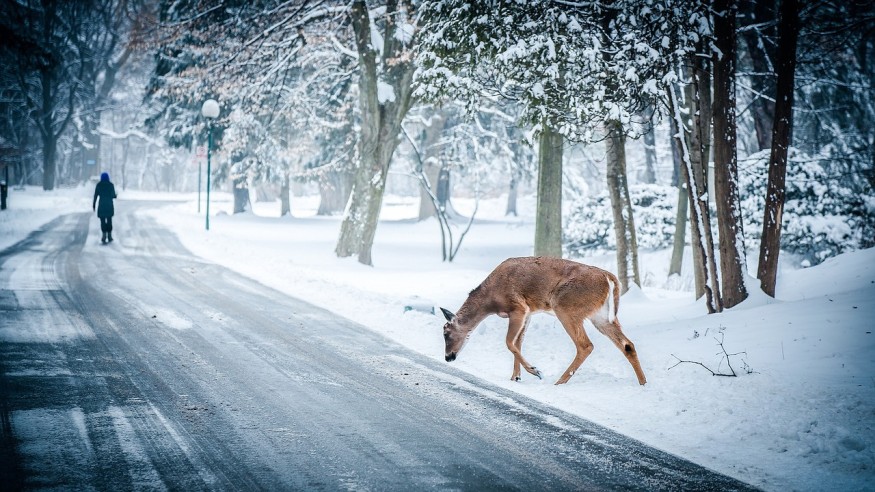
With the COVID-19 pandemic lockdowns, there has been significantly fewer deer roadkill, which in the future can lead to more deer hazards as normalization returns.
There is a real risk when cruising the rural highways of whitetail country. Roadkill from crossing deer is common. However, with the closures from quarantine, a lot fewer animals are being killed.
In Maine, California, and Idaho, roadkill numbers fell, according to a University of California Davis Road Ecology Center study published on the website of UCD Road Ecology Center. It reported that animal kills by vehicles lessened in March until the middle of April. This decline was a direct effect of fewer cars on the road, as US traffic decreased 73% during the peak of the pandemic lockdown, as reported by the National Geographic.
According to the Road Ecology Center's director Fraser Shilling, the statistically significant drop in animal deaths in the three states was due to traffic reduction last spring, which did not occur during the previous five years in these areas. Usually, roadkill even escalates during spring.
Since there is a decrease in roadkill, then more deer will be present during the fall, depending on the area. In counties with a usually high number of deer kills from vehicles, then there would be a visible increase in their numbers. But in counties with traditionally few vehicle collisions, there may not be any noticeable difference.
Ohio Department of Natural Resources deer program administrator Michael Tonkovich says that each year, 22,000-25,000 deer are killed by road collisions; however, these usually occur from November to January. Some deer spring dispersal occurs due to does and button bucks finding new ranges, but the number is not as high as during fall.
Besides, roadkill is not a significant cause of deer population reduction, even during pre-lockdown years. According to QDMA, hunters are known to kill a lot more deer instead, with kills numbering around six million. Roughly 1.3 million collisions occurred two years ago, but not all deer die from collisions. There were about 1.3 million deer-vehicle collisions in 2018.
In Pennsylvania, outside the hunting season, there is an observed high rate of monthly survival in whitetails, reaching 97% survivorship. Thus, according to Pennsylvania Game Management Division chief Christopher Rosenberry, mortalities from vehicle collisions do not affect the deer populations significantly. In contrast, hunters in Pennsylvania killed 389,431 deer in the past hunting season alone.
With the continuance of social distancing, a significant decrease in road traffic will occur until the fall, and so more substantial effects on collision numbers will be seen. Car and Driver say that most collisions occur during November when bucks chase does.
Now, travel is expected to pick up as restrictions ease. It remains to be seen how many collisions will occur because, for many months, creatures have started becoming accustomed to lesser human interactions and presence. When humans start traveling on the road again, roadkill may increase once again.
According to Tonkovich, this is uncertain, because something like the COVID-19 pandemic has never occurred before. When normality returns, he speculates that the high number of vehicle collisions with deer will only be short-lived as deer quickly get uncomfortable with the presence of hunters, and with cars, he thinks the deer will feel less confident of crossing the road.
© 2025 NatureWorldNews.com All rights reserved. Do not reproduce without permission.





